The facts state: A solid resilience of print which has boosted booksellers. So, the American Booksellers Association counted 1,712 member stores in 2,227 locations in 2015, up from 1,410 in 1,660 locations five years ago.
This is a bit of a dampener to the technologists and geeks who predicted that e-books would overtake print by 2015.
The same tribe were present at the Indi Publisher discussion organised by PEN at Prithvi Theatre; inasmuch as the annual Publishing Next conference in Goa.
The buzz if eBooks.
Even though it accounts for a mere 1% (others say, 3%) of total book consumption in India.
Even in the USA, the land of the highest consumption, with 20% eBook converts, three things have happened: digital sales have slowed, e-book adopters are returning to print, or becoming hybrid readers, who juggle devices and paper; and printed book sales are picking up.
According to the Association of American Publishers, e-book sales have fallen by 10% in the first five months of this year.
And so, in the USA digital books accounted last year for 20% of the market, approximately the same as a few years ago.
I attended The PEN All India Centre in September 2015 for a 90 minute session on ‘Celebrating Indie Publishing - Then and Now’ The cultural commentator and thinker, Ashok Shahane, the founder and managing editor of Pras Prakashan said, "We printed the first magazine, Shabd, in the late 1950s. Over a period of time, we discontinued the publication for various reasons, one of them being, the inability to sustain the costs or print production and the returns thereafter".
He added, "(and yet) ... We continued to launch new titles, Aso, Atharva, etc, in spite of this."
The conversations about independent literature publishing highlighted three trends:
-
As Vivek Mehra of Sage India stated during the Publishing Next two day conference in Goa, "Publishers can no longer be gate-keepers, they have become the pathway."
-
An author could select between more than five publishers plus a higher number of self-publishers or platforms. Plus one could access content on whatsapp or Youtube on the humble smartphones. The point is, there are many more special publishers along with the conglomerates.
-
Will IT professionals drive the publishing business? This means better management of database. So, a dial in service for books. Since tradition distribution methods in India have been stop gap.
Some of these themes were echoed by the four-member panel of Ashok Shahane of Pras Prakashan, Indira Chandrasekhar of Out of Print, Dr. Arjun Choudhuri, of The Four Quarters Magazine and Tanuj Solanki from the The Bombay Literary Magazine.
Chandrashekhar, Choudhri and Solanki, have a daily average, of 50 manuscript submissions for their literature journals. "The online platform, says Chandrashekhar, has a wider outreach, is easily accessible and demands almost zero production cost. The idea of a literary journal, printed or online-only, is to attract the reader to diverse subjects in different languages."
Indira Chandrasekhar is a child of digital with a team all over the world. She said, My daughter and in-laws are one team when we started to setup the magazine. Now we do have a team from all over the world.'' Her academic forays in the US helped her to start a publication house in India.
Citing anecdotal influences from the West, the duo of Chandrashekhar and Solanki are betting on a boom of literary journals on the online platform.
Both Choudhri and Sahane focussed on print, and explained how they are grappling with "costs of printing, margins for publishers, and more importantly, marketing or selling the magazine."
Shahane said, ''Printing is good. I feel, digital is very limited and cannot cover the nuances of a big story as compared to print. Shahane has more than 20 years as a production person in a printing press. He said: ''It's very difficult to sell magazines. When we launched the first magazine, after its first issue we had to close down the magazine after the first issue as we did not have the money to publish the next magazine.''
He said, ''We had published a journal in the 1970s and priced it for Rs 20. Such a price was considered most costly, since other publishers had a price of Rs 3 or Rs 5. But the content of the book was solid, and the book did well and it was sold.''
And in this day and age of social media marketing and a million of books being downloaded, good content is good content. A case in point is Vaa Manikandan, an author in Tamil who wowed delegates at Publishing Next. Manikanadan has been self-publishing print books offline after a forgettable experience with a trade publisher. At last count he is followed by 7090 people on Facebook. Huge number for a regional language author. That's one way to go.












 See All
See All